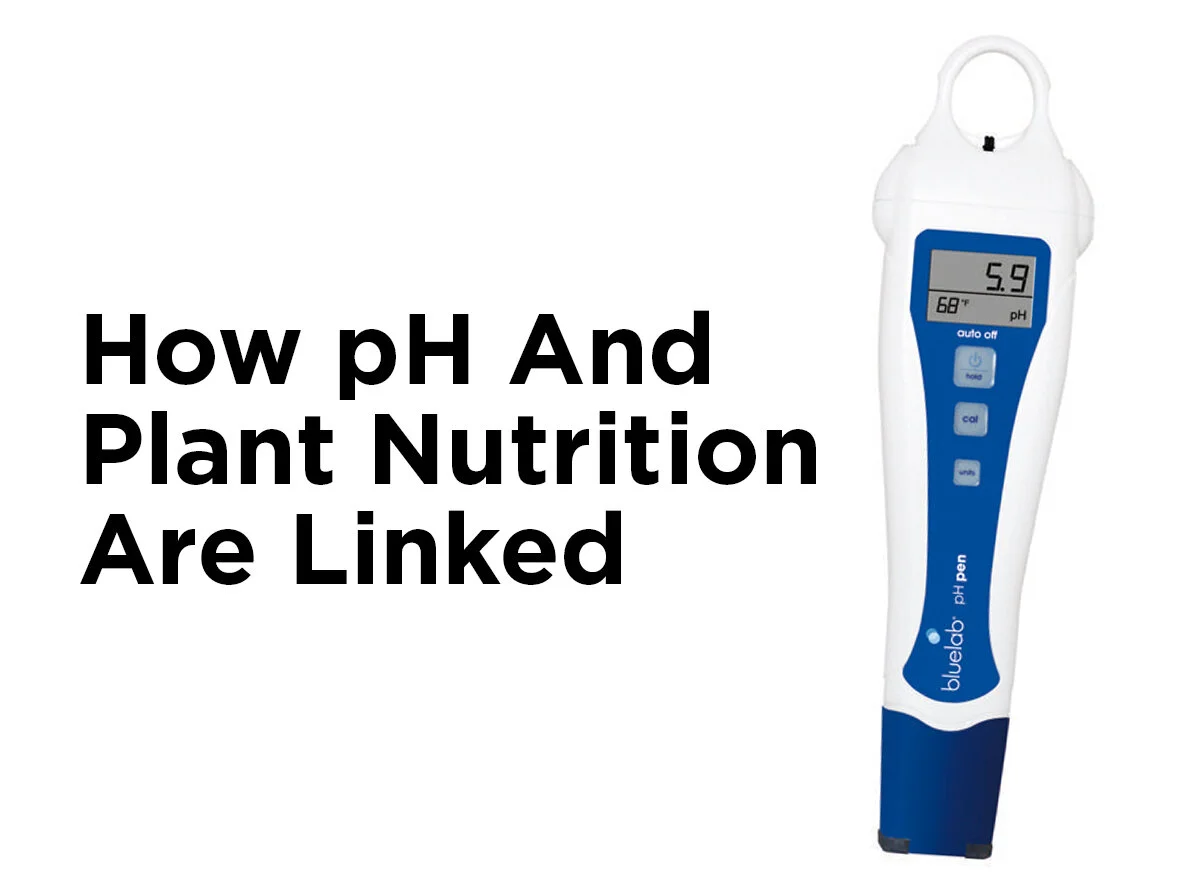How to Stop Mold or Mildew
Regardless of how experienced you are at gardening, if you’ve grown plants, you’ve seen that feared appearance of white, fuzzy splotches on your beautiful plants; the zombie horde of death-devouring mold and mildew that slips onto your garden like a tangible fog. You close the door and turn out the light, only to find one or more plants have gained a fur-coat of mold overnight. But just what is it, and how can you fight back? First, find out what’s growing on your plants. Is it mold, mildew, or some other type of fungus? The most typical type of fungus you’ll find is a white, powder-like substance colloquially known as powdery mildew. We’ll address how to treat this specific case, but many of these techniques will work so long as you’re facing a similar type of mold or mildew.A word of Caution regarding fungus and mold:
You should always wear gloves and a mask while dealing with mold, mildew and fungus. Most of the time they aren’t harmful, but several strains can be dangerous and harmful if inhaled. Mold spores can also adhere to skin and clothing; wearing a mask and disposable gloves mitigates the spread and inhalation of harmful spores.
What Is It?
It looks like a white, powder-like substance adorning your plant’s leaves or stem; it is a fungus that penetrates the plant to root itself, then feeds off decaying matter. The fungus has to gain a foothold within the plant, typically by way of physical damage, a plant weakened by disease, dead branches and leaves, or by the soft-growth created through overly nitrogenized growth (the dark-green, lush growth you get when you add too much nitrogen to your mix). As long as there’s a way for the spores to enter the leaves and start growing, they’ll begin to proliferate (especially in the warm and humid weather of a greenhouse or grow-room) and slowly take over a plant. The mold itself, while mostly harmless at first, can spread very quickly, blocking out light from the leaves and consuming what nutrients the plant has left, starving it to death as it feeds on the decaying vegetation.
Can I Prevent Mold or Powdery Mildew?
Yes, though it can be difficult in some environments. There are a range of foliar sprays you can use regularly, as well as microbe treatments, compost mixes, or baking soda sprays to pre-treat your plants and seedlings for mold and mildew. But you can also prevent issues by not buying already ill plants, keeping them healthy, and maintaining a sanitary environment. To summarize:
Avoid buying plants that are already ill, it’s safest to grow your own from the start
Use mold, mildew, and fungus preventing sprays or compost mixes
Keep your grow area clean by removing dead plant material immediately
Don’t let plants become dehydrated or tired (droopy)
Keep any weakened plants isolated, especially from plants you already recognize as being diseased
Reduce spore counts inside grow-rooms and greenhouses through proper ventilation filtering
Too Late, How Do I Cure Mold or Powdery Mildew?
Every type of mold, mildew, or fungus requires a slightly different approach. For soil/media issues, you’ll need to replace the top one to three inches of soil if possible. Improve lighting by trimming back excess growth to expose it to light. The extra light helps by keeping the soil from staying moist for too long, since the excess moisture provides a good growing environment for mold. If your plants can handle a drier environment, allow the soil/media to dry out for a depth of roughly two inches before watering. You can also add a fungicidal treatment or compost mix to the new soil or media to help bolster your plant’s immune system and prevent new mold from growing. Adding some cinnamon to the soil can also help.
When mildew is growing on your plants, the treatment changes a bit. You still need to remove the fungus, but you also have to make sure you remove all of the invisible spores. Removing dead leaves and stems will help, but for the still living members you can’t just cut them away. A foliar spray may be your best solution. There are many kinds of anti-fungal sprays that kill mold and mildew spores without harming your plant. They tend to be quick and efficient as well. You can even find microbial sprays which add helpful bacteria to the leaves, preventing harmful fungi from growing there.
The last alternative is to simply make the leaves a hostile environment for mildew and mold. Just as plants need a careful pH balance to absorb nutrients and grow properly, so do mold and mildew. Adjusting the pH level on the leaves of your plants will kill a fungus as effectively, though slower than, some foliar sprays. Potassium silicate, potassium carbonate, and baking soda are all spray additives you can use to adjust pH balances without harming your plants. Some people even use a mixture of milk and water, although this is somewhat less effective, if safer for the plants, than the others. Sprays designed to balance the pH of your leaves have a tendency to leave spots and residue on your plants, so you’ll want to carefully wash them after the mold is completely gone. They may also be less than desirable for edible plants and fruits, as the residue can adjust the flavor of the plant.
Whenever you see mold or mildew, take careful note of what it looks like, and do some research to make sure you know what you’re dealing with. Many types of mold, mildew, and fungus can be solved in a similar manner to what’s been described above, but others are merely symptoms of other issues or are bacteriological diseases rather than a simple fungus. Always double-check to make sure you’re giving the right treatment for the right issue. If the problem has spread too far, you should consider starting the crop over from scratch, especially if you’re in the early stages of growth for your plants. Be sure to remove all diseased plant matter and clean the area thoroughly as well. If you have any other questions, or have a specific issue you’d like to clarify, feel free to ask in the comments below, or contact us through Facebook, Twitter, LinkedIn, Pinterest, or Instagram. Don’t forget that if you follow us you’ll get instant access to all of our tips, tricks, and up-to-date news too!







